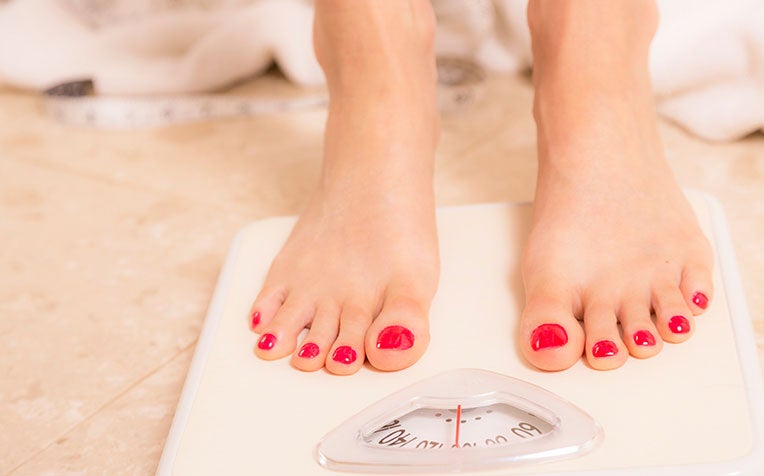HealthXchange will NEVER ask you to transfer money over a call. If in doubt, call the 24/7 ScamShield helpline at 1799, or visit the ScamShield website at www.scamshield.gov.sg.

Weight loss through increased urination is one sign of diabetes.
Early symptoms of diabetes may not be obvious, or there may not be any symptoms at all. Some of the symptoms of diabetes are listed below. You may want to consider seeing your doctor to find out whether you have diabetes if you have some of the following symptoms.
Early signs and symptoms of type 2 diabetes
Excessive thirst and urination
Excessive thirst and urination are classic symptoms of diabetes.
“When you have diabetes, there is too much glucose in your blood. Your kidneys usually filter glucose, but most of the glucose is reabsorbed, so that in those without diabetes, no glucose appears in the urine. But if the blood glucose levels are too high, the kidneys are unable to keep up and excess glucose will appear in the urine,” explains Dr Teh Ming Ming, Senior Consultant, from the Department of Endocrinology at Singapore General Hospital (SGH), a member of the SingHealth group.
Glucose excretion into the urine will also draw out water into the urine. This increases urination and leads to dehydration, with more thirst to compensate for this fluid loss.Fatigue
This can be due to many factors. Dehydration as a result of increased urination can cause fatigue. Moreover, the body’s inability to use sugar for energy needs can cause fatigue.
Weight loss
Uncontrolled diabetes with high blood glucose levels can lead to weight loss. This is because you lose glucose (and therefore calories) through your urine.
Blurred vision
High levels of blood glucose pulls the fluid from the lenses of your eyes. This can affect the ability to focus.
In addition, uncontrolled diabetes for prolonged periods of time can cause significant damage to the retina. This in turn can also affect your vision.
Slow-healing sores and frequent infections
High glucose levels can lead to frequent infections and slow-healing wounds.
Ref: O17
Also, check out our other articles on diabetes:
Diabetes: How to Manage Blood Sugar Levels When You Fall Sick
Diabetes Foot Care: 10 Steps to Healthy Feet
Travelling with Diabetes: Tips Before You Go
HYPERglycaemia (High Blood Glucose): First Signs
Contributed by
Related Articles
Conditions & Treatments
Public Events
Get the Health Buddy App
© 2025 SingHealth Group. All Rights Reserved.


















 Get it on Google Play
Get it on Google Play